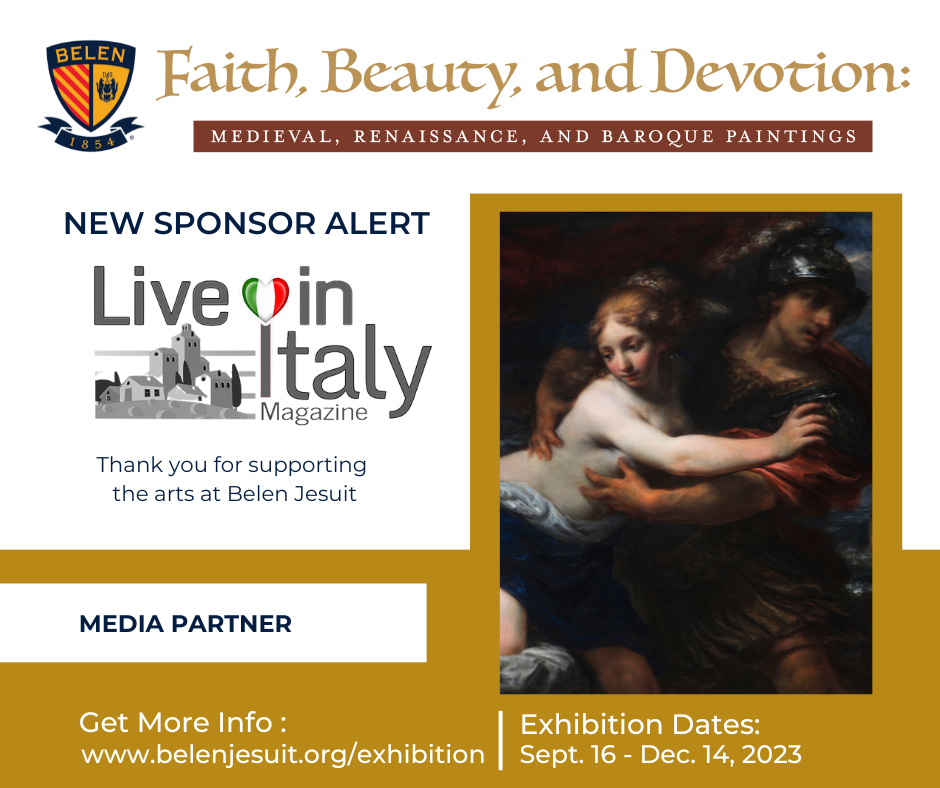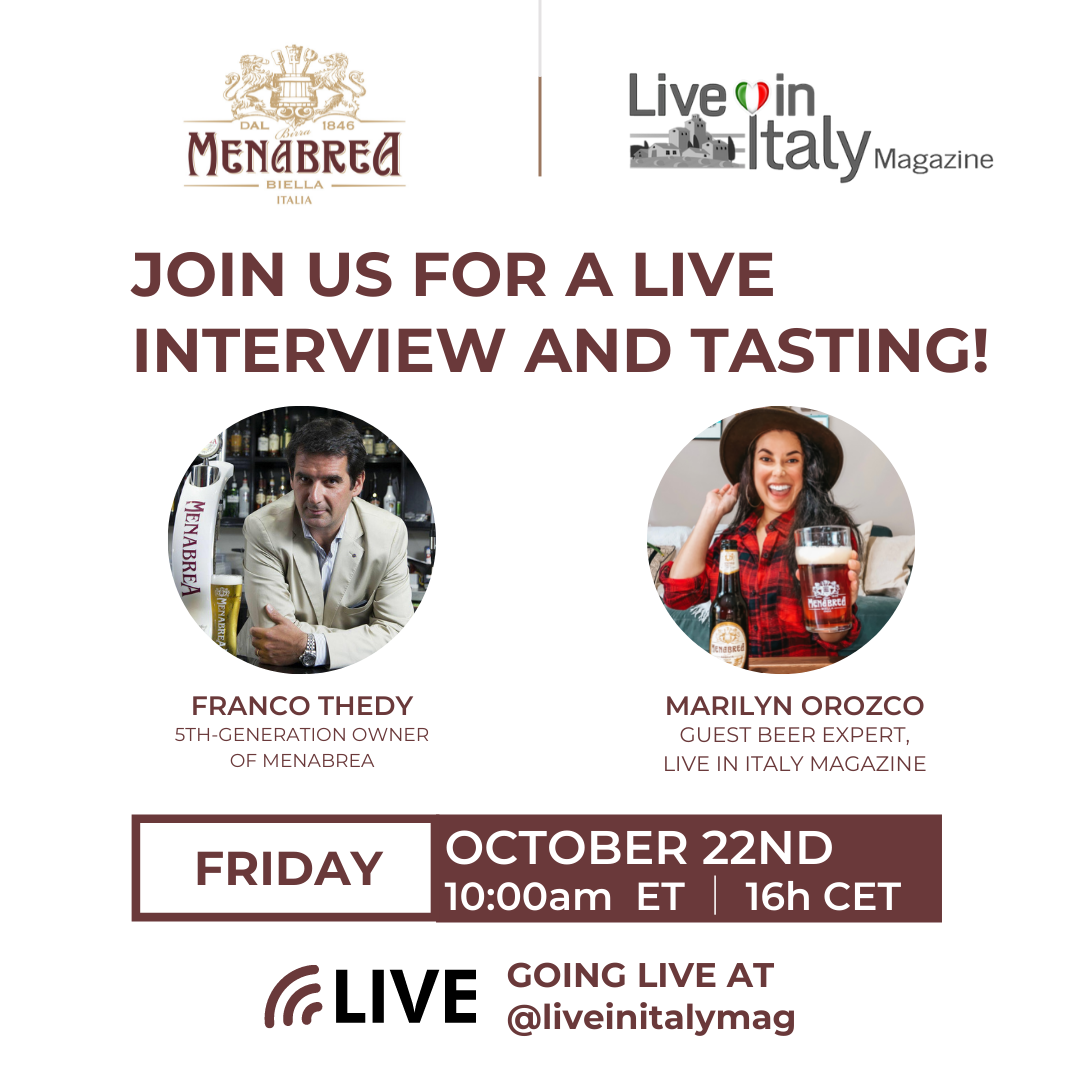Chat with Local Aromas’ Bianchini Sisters
There’s no such thing as Italian food, declare sisters and business partners, Benedetta and Valeria Bianchini of Local Aromas. With over 30 years of experience combined in the food and wine and hospitality industries, they are committed to bring you the local aromas of not only their native Rome, but also unravel the stories behind other regional Italian dishes.
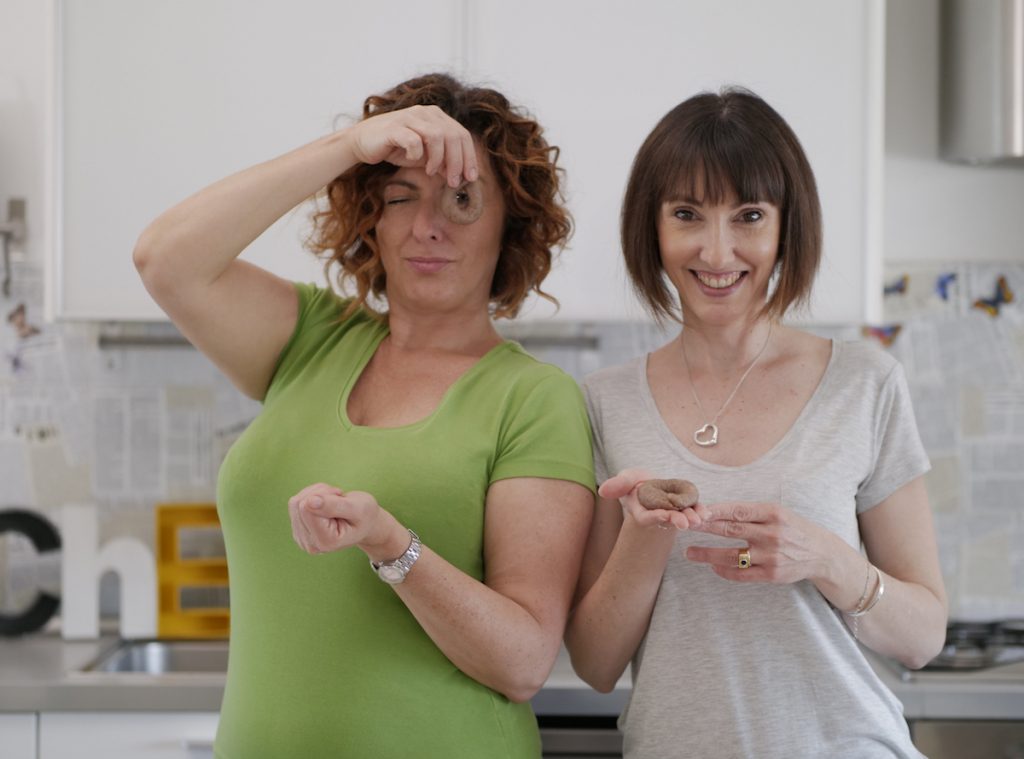
Your culinary experience can begin with a Local Aroma’s food experience in Rome and then be continuously nurtured through a unique, online cooking school and educational program. Or, if you can’t make the trip there just yet, start in your own kitchen with a virtual cooking course or customized online class.
Valeria and Benedetta’s life abroad in Thailand and South America enriched their worldly palate, but read why Roman cuisine remained at the center of all they do today. Finally, consistent to our past “Chat with an Expat” interviews, we asked the sisters what they missed the most about Italy.
Hint: It’s food related!
Listen to the full audio recording of Live in Italy Magazine’s interview, here: https://soundcloud.com/liveinitalymag/local-aromas-of-rome-with-the-bianchini-sisters
Where were you born?
B: We were born in Rome. Our father used to work for Alitalia as a manager. When I was three years old (just so you know that I’m the oldest one) my dad got transferred to Thailand and so when my parents had to put us in kindergarten, then they put us into English-speaking kindergarten. Since they knew that this was going to be our life for a long time, we went to an American school from kinder all the way through twelfth grade.
V: So, we lived six years in Bangkok, then we moved to Brussels for two years and then Venezuela for five years, and then Chile for the last five years.
What other languages do you speak besides English and Italian?
V: Spanish. We are fluent in Spanish because we lived ten years in South America. We would come back to Italy every vacation. Our Mom would have us go back for either a one or two week vacation every year.
How old were you when you moved back to Italy?
B: We moved back right after [high school] graduation. I moved before Valeria in 1990 to start university.
V: We moved back to Rome in 1993 when I graduated from high school. We grew up very much Italian because of our mom and of the culture that we would continue living and breathing every day in our family. We had actually never lived in Italy for a long time other than one or two months a year in Italy, so it was interesting and it wasn’t easy to adapt. It took us a few years because when you grow up in a very international community whatever country you go back to is going to feel a little close-minded and different from where you grow up. We went to an international school and the kids from our school were from all over the world. And so it was very different going back to a city [Rome.] Then we fell in love with it desperately!
B: The experience of growing up abroad is beautiful because in all these years, especially this period of lockdown, we have reunited with all of our friends from graduation. This year it was 30 years since graduation. Throughout the years, we have had friends come to visit. As they say, all roads lead back to Rome.
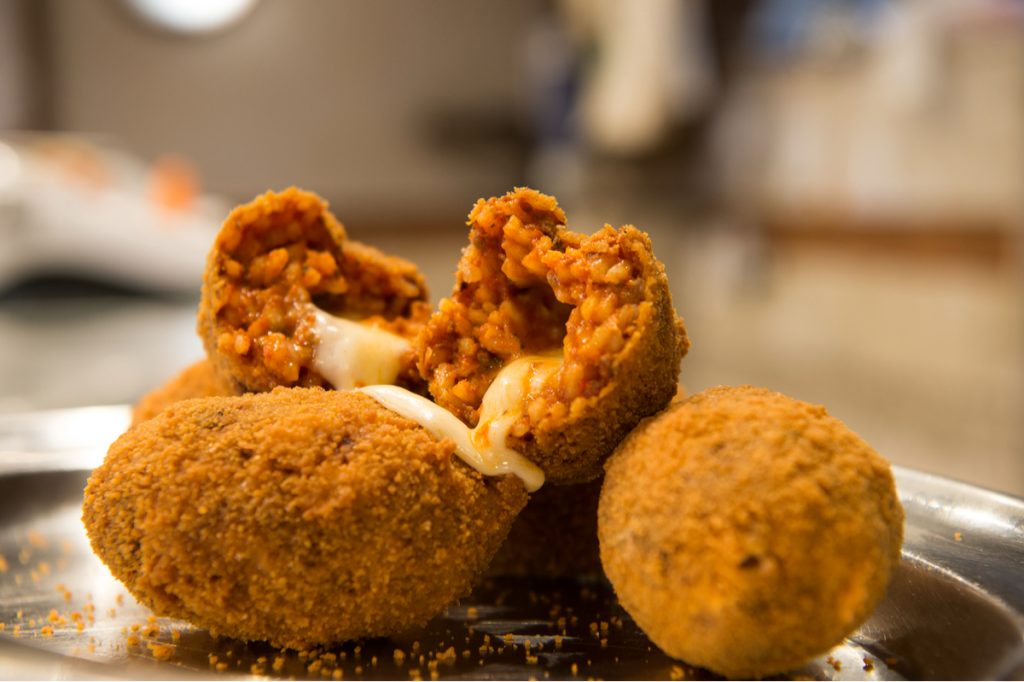
When Live in Italy Magazine interviews expats living in Italy, we ask them what they missed most about their country of origin. As Italian expats who have lived abroad, what did you miss most?
V: For me it was the food. Our mom is an amazing home chef so she would cook a lot — all the traditional and she would learn all the local dishes of the countries. However, for me there are some things that I remember when we would come back to Italy. We would beg our grandmother as a first meal, just to have (and I think this would Beni’s same answer) prosciutto crudo with mozzarella and a Roman bread called Rosetta which is like a rose shaped bread. Every time we came to Italy that would be our very first meal no matter what time of the day the plane would land. Back then, you couldn’t get these things.
B: The same. You could not find that in Thailand or even in Caracas. Then the next day or immediately after we’d want the suppli.
V: Suppli is a very Roman fast food dish. It’s a fried rice ball with mozzarella inside.
We launched our YouTube channel a year and a half ago because our first thought was that we do all of these in-person experiences. However, it’s a shame not to share all of these stories with a broader audience.
A lot of the people who were doing the experiences with us like cooking classes would leave the following day. So, we’d ask them, did you eat this or that and they’d say no. So that is why we started the channel. In the beginning, it wasn’t like recipes. The first episode was the two of us going around Rome and picking the best food and dishes that you had to have. Suppli was one of those dishes because a lot of people had never heard of it. You eat suppli only in Rome and if you go out of Rome, you won’t find it.
When was Local Aromas founded and what is its mission? How has the company evolved.
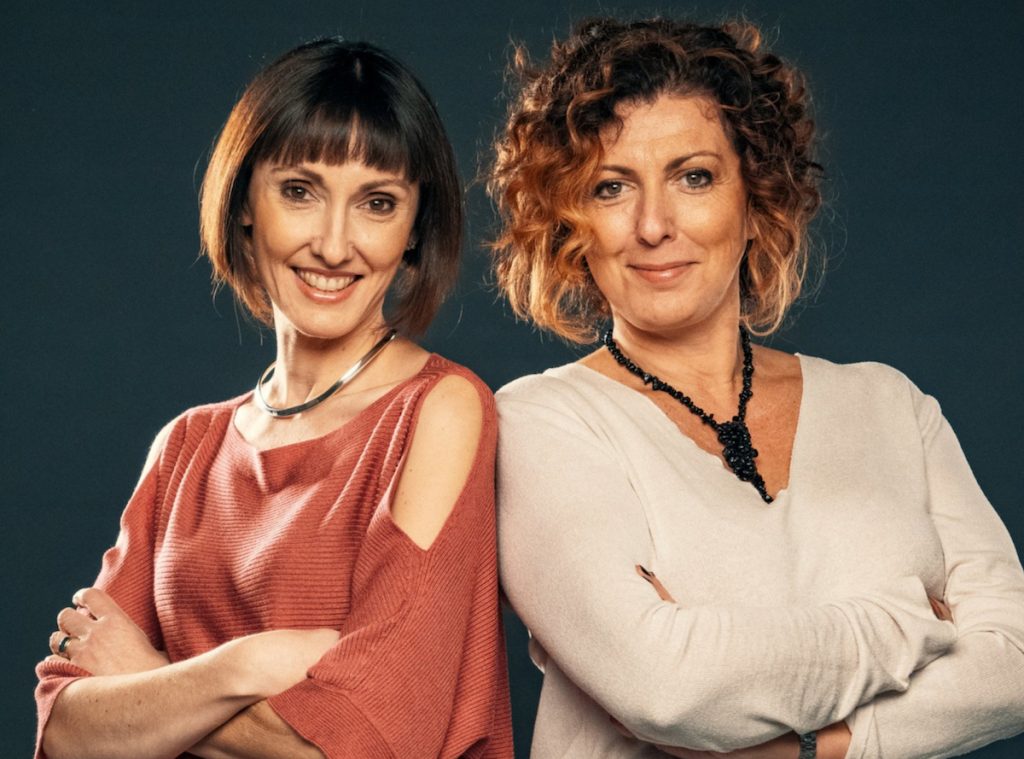
B: We have been collectively in the hospitality business for thirty years and Valeria is a trained pastry chef and I became a wine sommelier, a professional cheese taster and an olive oil sommelier. Our mom is a wonderful chef. After being so much in tourism, we just realized that there is so much more that we have to say because food for us Italians, is in our blood. We always tell people that there’s no such thing as Italian food so we’ve had to prove it. For example, you don’t have pesto in Rome – you have Carbonara. With that philosophy in mind, we thought we’d share our passion and that’s why we started Local Aromas.
V: Local Aromas does offer food tours, wine tastings and cooking classes, but what we really want to share is the Italian culture. We want people to really understand what our culture is, why we have these ingredients and why they’ve been put together, or why do you have these dishes in Rome only. If you want to learn the culture when you come to Italy, you have to incorporate the food experience. That is why we called our company Local Aromas.
Explain, “there’s no such thing as Italian Food.”
B: No, there’s no such things as Italian food because when you think about Italy, it’s a patchwork of regions that have such a strong identity and got put together as a country not that long ago. Each region has its own culinary traditions, wine, food, desserts etc. They’re all like different countries by themselves and there’s cultural differences too like even the language. If you take someone from Venice and someone from Sicily and put them together, you won’t understand a word that they’re saying because the dialects are all different. This also reflects in the food and that’s the magic of it.
V: And it’s not just from one region to another, but also within the same region. For instance, there’s a very traditional street food dish called Lampredotto that you eat only in Florence. If you go to Sienna or other places, they don’t serve it. Every time you move from one town to another, it’s like visiting another culture.
Rome is a very large city. Would you consider Rome to be its own region when it comes to food? Or would all of Lazio be included in this?
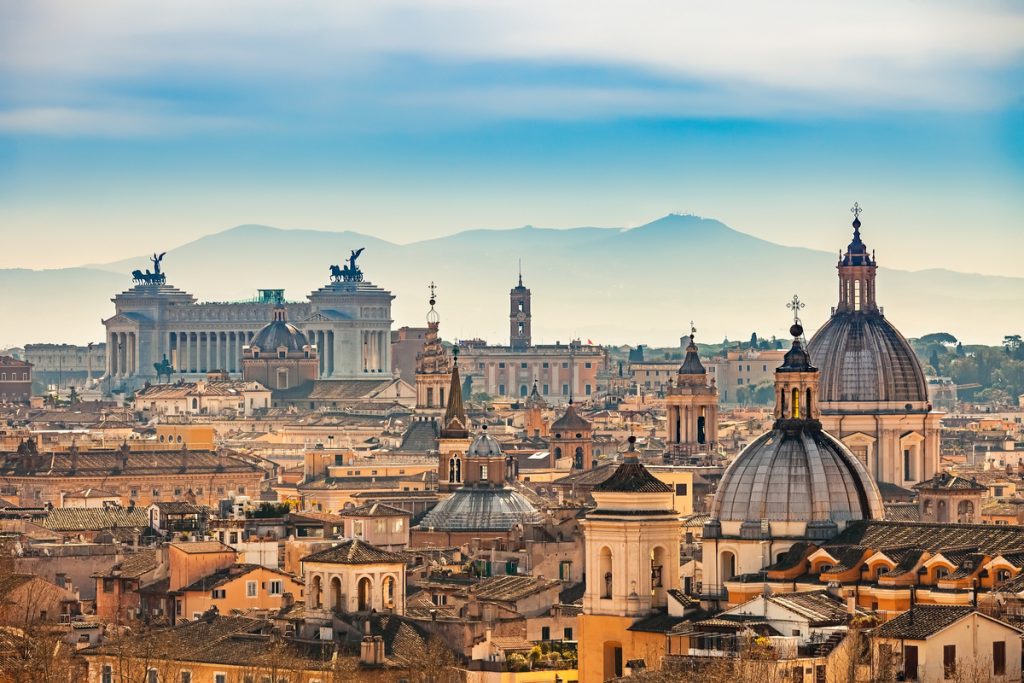
V: No, Rome is a city with a very specific culture.
B: You have Lazio, but there are certain foods that little towns are famous for that specific food. You would have to go there because it’s something typical for that place and sometimes even for that certain moment of the year.
You have a video that talks about pizza in Rome. What do you feel are the main differences between pizza from Rome and pizza from Naples?
V: Well, the way that the pizza is made is different. So in Rome, our pizza has a thin crust. You prepare the dough and then roll it out with a rolling pin to get it really thin. In Naples, they never knead it. You kind of massage it so you don’t break all of the air bubbles in it and though it is thinner in the center, it has a fluffy and thicker crust. It is completely different than in Rome.
Romans will always say that they prefer Roman pizza because it’s a very strong part each of our local culture. Another thing that Rome has that Naples doesn’t is that we have many different other types of pizzas which is a pizza by the slice. For instance, for lunch time we have these many different kinds of pizzas that we have on the tray that you cut in pizzas or the pizza “alla pala” – a long oval pizza that lays on a board shaped like a cricket board that you put directly inside the oven.
Benedetta: What is an olive oil sommelier and are most olive oil sommeliers also wine sommeliers? If so, what are a couple of similarities?
I’ve been around olive oil for many, many years first as an ignorant sommelier since I lived in Umbria for many years. I’ve always had good olive oils, but I never considered olive oil to be anything more than a condiment. There are so many types of olives and like wine (and the grape itself), each olive has a particular characteristic.
So, my becoming an olive oil sommelier was thanks to a chocolate cake. I had dinner with a friend of mine who is an olive sommelier and we had this very plain chocolate cake, like a sponge cake and she drizzled this olive oil from Sicily on it and it was mind blowing. I still get goosebumps when I think about it. From then, I decided to look into it and it’s just fascinating. Like wine and food, each region has olives that grow just in that region and like grapes, each olive has its own aromatic profile. Now, more chefs are studying the pairing of the olive oil with the food because like wine, it can completely change the food that you are eating.
Benedetta: What is a cheese expert?
Cheese is complicated, as complicated to make, or maybe even more complicated to make than wine. You have the milk and here in Italy, we are allowed to work with raw milk. The world of cheese is just art. The working with curd is like attending to a newborn. There is this profession that is vanishing called Affineur — a person that buys the shape of the fresh cheese and then dresses it up in vine leaves or they put it in caves where the bacteria naturally transforms it. It’s just magic.
Valeria: Where did you study to be a pastry chef? Who would you consider a mentor when it comes to Italian pastries?
I’ve always loved pastry, so I really wanted to understand it. I’ve always been fascinated by the chemistry and the ingredients. Going to pastry school, we learned everything from the simple homemade recipes and pastries to the very fancy, restaurant, modern different kinds of pastries.
There are many different variations and you can use many different types of flour, not only wheat, but oats and other kinds. In Italy, what we mostly use is the 00 flour which is very bleached white flour. It does matter to use this type because of the consistency of the gluten and how much the cake has to hold.
I have a mentor and he was one of my teachers in my pastry school, Maurizio Santin. He comes from a family of chefs and what I like the most about him is that he shares doable recipes that you can make at home. Because when you get into some of these beautiful pastries, there are so many ingredients and so many steps that it makes it impossible for a regular housewife or anyone who just wants to make a cake. It can’t be done. Some of the ingredients you don’t even know where to look for. He created a manual that is like my pastry bible, but still all of the recipes and ingredients anyone can find. That is something I really appreciate about him and all of his recipes turn out just perfect.
Valeria: When tourists visit Rome, what are some tips to know how to find the most authentic pastry shops?
The Roman pastries are very simple. It’s probably what you’d make at home as well. Roman (and Italian) breakfast is sweet. I look how the place is and how the pastry is served because not all of the cafes produce their own pastry. A ‘forno’ (bakery that specializes in bread) is a good place to get very simple pastries, or in the Jewish Ghetto you can get this tart called, “crostata di ricotta e visciole.” It’s like a pie and it has ricotta cheese and sour cherries jam. It’s delicious and that’s a Roman-Jewish pastry.
Learn Why This Tart Has A Top
Your online cooking courses not only provide “how to” instructions, but also important information the recipes’ history and tradition. Why do you feel that this is this important?
We created an online cooking school and this is a project that we’ve had in the back of our minds for a long time because we wanted to continue that conversation with people who we are not directly with. We wanted to give them a lot of information that we can’t do when we are in person. And, so it’s an on demand course as part of our cooking school that offers a complete guide to include things like fresh homemade pasta, gnocchi, Italian wines.
Not only do we give the recipe, but we also continue that conversation that includes the storytelling. Like, why culturally do we have this or the scientific part that I like: why is the flour important in one recipe, but not when you’re making gnocchi. However, for fresh homemade pasta it will, so we explain the differences.
The good thing about having over 30 years of combined experience in hospitality is that we know what non-Italians ask us. We have answered everything that we have been asked and things that for Italians are just common sense like: do you rinse the pasta before or after cooking; or how do you store it? We do a lot of research for each course using textbooks and cookbooks that are just available in Italian.
We’ve made it simple and friendly for someone who maybe hasn’t even been to Italy. However, the content for professionals is more detailed too like explaining all of the pasta shapes.
What recipe in Roman cuisine shows the “nothing goes to waste” ingenuity?
We try not to put anything to waste. Even the animal, for example pork, you eat every single part. We don’t throw anything away.
V: Even suppli that we were talking about, is made of leftover rice. There’s some gnocchi made with stale bread or grappa is made with the leftover grapes from wine production.
This is something that our mom does. She can create these amazing dishes with whatever she has in the fridge because she can’t throw away food.
B: So many dishes were born from that concept.
V: What Italian cuisine, in general, has in common is that it’s a peasant cuisine.
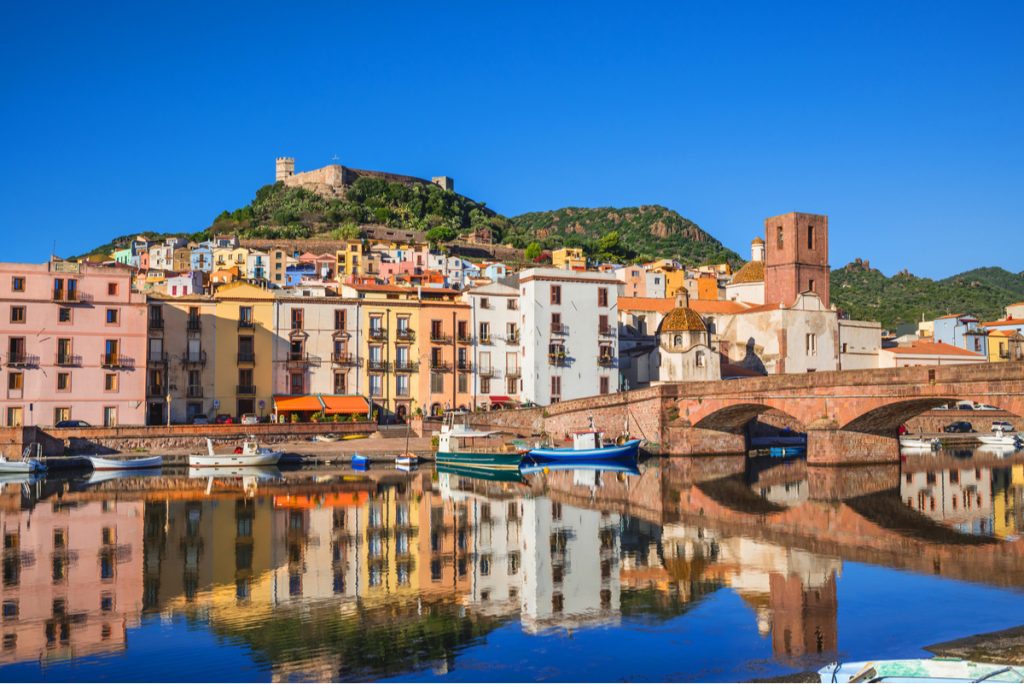
What is the most beautiful place that you’ve visited in Italy? And where do you go to get away from work?
V: Each region of Italy gives something different on its own. The region that fascinates me the most is Sicily and it’s probably not one of the places you go first when you come to Italy. It’s so genuine and some towns seem to have frozen in time, a hundred years back. It’s so simple and the food is just amazing and so different. A lot of the ingredients include names of Sicilian towns like Pachino cherry tomatoes or Pistacchio di Bronte.
B: Two years ago, I went to the island of Sardinia (Sardegna) with my daughter. It is just beautiful and the beaches are breathtaking and the food is incredible. There too, it’s very wild and rustic. Sometimes it’s like living in a different era or other century. They also have their own language, Sardo and you can’t understand a word that they’re saying. They have incredible wines – it’s just superb! Pecorino is only from Lazio or Sardegna.
Explain what types of programs and tours that Local Aromas offers.
V: We do in person experiences: cooking classes, wine tastings and food tours and now we are putting our energy into our online cooking school called, “Italian Home Cooking Made Simple.” You can subscribe to the entire cooking school on a monthly basis and get access to all of the current and new content, or you can choose what one course you like the most. We also have one-on-one coaching with the two of us just in case you want to go a bit more in depth or want to have a conversation about something with us. We are also going to be adding the one-on-one with our wine sommeliers with Benedetta and Eric.
Coaching is private and customizable. Whatever the person asks us to talk about, that’s what we’ll be doing.
My tip on making perfect gnocchi: Good music, a glass of wine, and a moment of mindfulness.
~ Benedetta Bianchini



